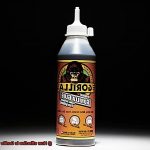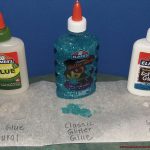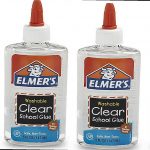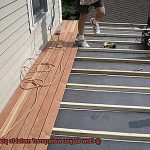Do you dread rainy days because of a pesky gap in your home that lets water seep in? You’re not alone. Water infiltration can cause extensive damage, mold growth, and costly repairs. But fear not, there are solutions to waterproofing large gaps, and we’re here to share all the secrets to keep your home dry and protected.
First things first, identifying the location and size of the gap is crucial. From there, you can choose from a variety of solutions that suit your situation. Sealants, waterproof tape, or an exterior caulking compound work wonders for smaller gaps.
But what about larger gaps that require heavy-duty solutions? Enter hydraulic cement – a compound that expands as it dries to fill even the biggest gaps. Waterproof membranes also act as a barrier against water intrusion.
In this article, we’ll walk you through all the tips and tricks to effectively waterproof large gaps. So sit back, relax, and let’s dive into the world of waterproofing to ensure your home stays safe and dry for years to come.
Reasons for Waterproofing a Large Gap
Contents
- 1 Reasons for Waterproofing a Large Gap
- 2 Advantages of Waterproofing a Large Gap
- 3 Types of Materials Used to Waterproof a Large Gap
- 4 Application of Sealants and Adhesives to Waterproof a Large Gap
- 5 Application of Tapes and Membranes to Waterproof a Large Gap
- 6 Combination Methods for Effective Waterproofing of Larger Gaps
- 7 Considerations for Extreme Conditions When Waterproofing a Large Gap
- 8 Tips for Choosing the Right Method to Waterproof a Large Gap
- 9 Conclusion
Water damage can wreak havoc on any building. If you have gaps and cracks, it’s crucial to waterproof them to prevent water from seeping through and causing damage. Here are five reasons why waterproofing a large gap is so important:
Prevent Water Damage
Water damage can lead to costly repairs and even pose a safety hazard if left unaddressed. Waterproofing a large gap can prevent water from entering the building and causing damage to the structure, foundation, and interior.
Improve Energy Efficiency
Gaps and cracks in a building can cause drafts that affect the indoor temperature, leading to increased energy consumption and higher bills. By sealing these gaps with waterproofing materials, you can reduce air leakage, regulate indoor temperature, and improve energy efficiency.
Enhance Indoor Air Quality
Gaps and cracks can allow moisture to enter the building, leading to mold growth and other air quality issues. Waterproofing these gaps will help to prevent moisture from entering the building, reducing the risk of mold growth, improving air quality, and promoting a healthy indoor environment.
Increase Lifespan of Your Building
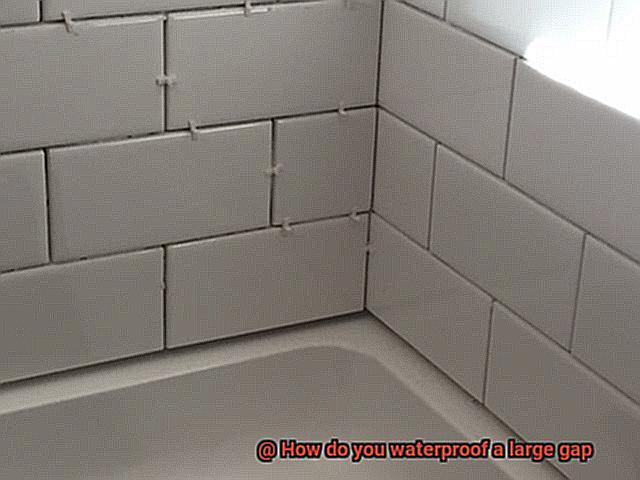
Water damage can cause significant structural damage over time, leading to costly repairs or even the need for replacement. By preventing water from entering the building, you can extend the lifespan of your structure, save money on repairs in the long run, and protect your investment.
Ensure Structural Integrity
Waterproofing a large gap is essential for maintaining the structural integrity of a building or property. Gaps and cracks can weaken the foundation of a building, making it more susceptible to damage from natural disasters like earthquakes or floods. By properly sealing any gaps or cracks, you’re ensuring that your building is strong enough to withstand any potential threats.
In conclusion, waterproofing a large gap is not just about preventing water damage; it’s about protecting your investment and ensuring the long-term health and safety of your home or building. By investing in waterproofing measures, you’re enhancing energy efficiency, indoor air quality, and the structural integrity of your property.
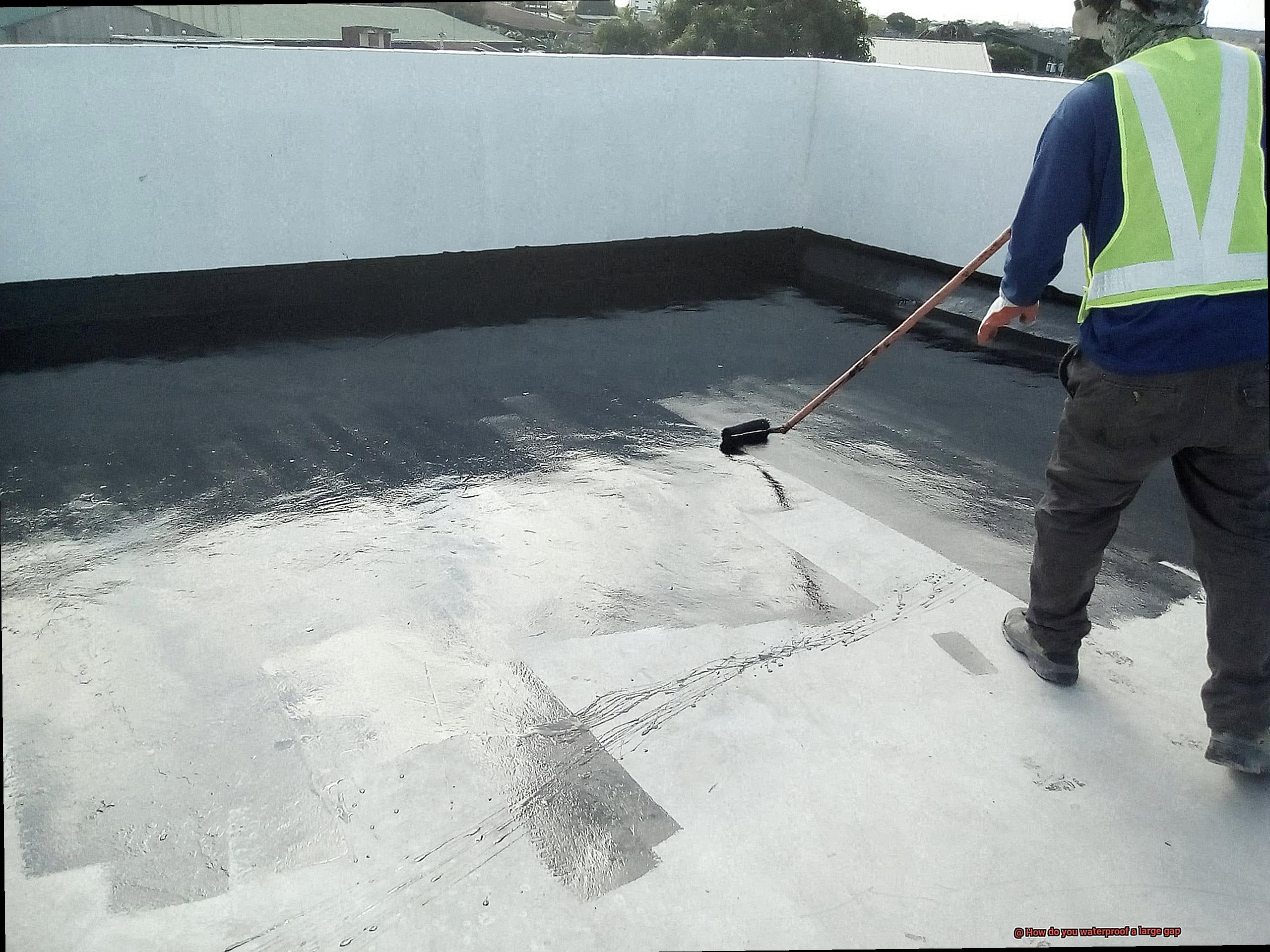
Advantages of Waterproofing a Large Gap
The good news is, there’s a superhero that can save your building from such disasters – waterproofing a large gap. As an expert on this topic, I’ve researched and found several advantages of waterproofing a large gap that make it a worthwhile investment for any property owner.
Firstly, waterproofing prevents water damage and mold growth. A large gap in any structure can easily allow water to seep through, leading to water damage and mold growth. However, by waterproofing the gap, water is prevented from penetrating the structure, keeping it dry and free from damage.

Secondly, waterproofing enhances durability. By preventing moisture from seeping into the gap, the likelihood of the structure weakening, cracking or warping over time is reduced. This means that waterproofing can significantly extend the lifespan of your building.
Thirdly, waterproofing reduces maintenance costs. With less need for repairs and replacements, waterproofing saves you money in the long run. This is because it enhances the durability of your building and minimizes damage caused by water leaks.
Fourthly, waterproofing improves energy efficiency. Waterproofing prevents air leakage through gaps which means less energy is required to heat or cool the building. This leads to lower energy bills and a more sustainable future.
Lastly, waterproofing enhances indoor air quality. Mold growth and high moisture levels can negatively impact indoor air quality and put occupants’ health at risk. Waterproofing helps reduce these issues by preventing moisture from seeping inside.
Types of Materials Used to Waterproof a Large Gap
Waterproofing a large gap can prevent water damage and keep your space safe and dry. There are various types of materials that can be used for this purpose, including sealants, tapes, membranes, liquid rubber coatings, and epoxy sealants. Let’s explore each of these materials in more detail.
Sealants are a popular choice for waterproofing gaps due to their flexibility and durability. Silicone sealants can be used in areas where movement is expected, while polyurethane sealants have better adhesion properties. Acrylic sealants are easy to apply and dry quickly, but they may not be as durable as silicone or polyurethane.
Waterproofing tapes are typically made of rubber or butyl rubber and have excellent adhesion properties. They can be used in areas where sealants may not be feasible due to the size or shape of the gap. Some tapes also have additional features such as UV resistance or insulation properties.
Membranes are thin sheets of water-resistant material that can be applied to walls, roofs, or other surfaces to prevent water from seeping through gaps or cracks. They can be made of various materials such as bitumen or PVC and can be self-adhesive or require an adhesive to be applied.
Liquid rubber coatings are specialized waterproofing products that are ideal for larger gaps or more complex waterproofing projects. They can be applied as a liquid and will then harden into a seamless barrier against water intrusion. These coatings are highly resistant to moisture and can be used in areas with heavy foot traffic or equipment.
Epoxy sealants are another specialized waterproofing product that can provide long-lasting protection against water damage. They are highly resistant to moisture and can be used in areas with heavy foot traffic or equipment. Epoxy sealants also have excellent adhesion properties and can bond to a variety of surfaces, including concrete and metal.
Application of Sealants and Adhesives to Waterproof a Large Gap
These materials are the go-to solution for waterproofing large gaps, preventing water from seeping through and causing costly damage.
Choosing the right sealant or adhesive is crucial for achieving a long-lasting and reliable seal. Consider the type of surface you will be working on, the size of the gap, and the expected exposure to weather and moisture. Silicone and polyurethane sealants are popular options due to their flexibility and resistance to environmental factors.
When it comes to application, it’s important to follow best practices to ensure proper adhesion and durability. Begin by cleaning and drying the surface before application. Then, carefully follow the manufacturer’s instructions for your chosen product, as different materials may require different application methods. To achieve a clean finish, remove any excess material after application.
For larger gaps requiring extra support, consider using additional materials such as tape or mesh to reinforce the seal. Applying multiple layers may also be necessary.
Application of Tapes and Membranes to Waterproof a Large Gap
Fear not, for there is a solution. As an expert in the application of tapes and membranes to waterproof large gaps, I’m excited to share some valuable insights on how these materials can help keep your property safe and secure.
Tapes and membranes are the go-to solutions when it comes to sealing gaps and preventing water seepage. These materials are designed to create a watertight seal that can withstand harsh weather conditions and prevent costly damage.
Butyl tape is a popular choice for waterproofing large gaps. Made from synthetic rubber, butyl tape is highly adhesive and resistant to water and UV rays. It’s easy to apply by pressing it into place on the gap, creating a tight seal that keeps water out.
If you have irregularly shaped or angled gaps, self-adhesive membranes are an ideal solution. These membranes are typically made from a rubberized asphalt compound and create a barrier that prevents water from penetrating the surface of the gap.
Liquid waterproofing materials are another effective solution for large gaps. They can be painted or sprayed onto the surface of the gap, filling in any crevices or irregularities to ensure full coverage. When used in combination with tapes or membranes, liquid waterproofing materials provide an extra layer of protection against water seepage.
It’s crucial to note that proper surface preparation is essential when using tapes, membranes, or liquid waterproofing materials. The surface must be clean, dry, and free of any debris or contaminants before applying any of these products.
Combination Methods for Effective Waterproofing of Larger Gaps
Combination methods for effective waterproofing of larger gaps involve using multiple techniques together to ensure that even the largest and most vulnerable gaps are sealed and protected from water intrusion. These methods are especially important for gaps that are too large to be filled with just one method, or for gaps that are particularly vulnerable to water damage.
One popular combination method is the sealant and membrane combo. This technique involves filling the gap with a sealant, such as silicone or polyurethane, and then covering it with a waterproofing membrane. The sealant fills any small gaps or cracks in the surface, while the membrane provides an additional layer of protection against water intrusion. This method is particularly effective for larger gaps in roofs or walls, as it provides a durable and long-lasting solution.
Another great combination method is to use mechanical fasteners and sealants together. Mechanical fasteners, such as bolts or screws, can be used to secure a waterproofing membrane in place, while a sealant is applied over the top to ensure that there are no gaps or holes where water can seep through. This method is especially useful for areas exposed to high winds or other weather conditions that could potentially loosen or damage the waterproofing membrane.
If you have an outdoor space like a deck or patio, using a sealant and water-repellent coating together can be highly effective. The sealant fills any gaps or cracks in the surface, while the water-repellent coating provides an additional layer of protection against moisture and precipitation. This method helps prevent water damage and prolongs the lifespan of outdoor surfaces.
Considerations for Extreme Conditions When Waterproofing a Large Gap
Whether you’re dealing with high humidity, temperature changes, exposure to harsh chemicals, or even submersion in water, there are several factors that need to be taken into consideration.
Firstly, selecting the right adhesive or sealant is crucial. Choosing a product that works well indoors may not hold up under the UV radiation and temperature fluctuations of an outdoor application. Therefore, it is essential to choose a product that can withstand the specific conditions it will be exposed to.
Secondly, surface preparation plays a vital role in achieving an effective bond. The surfaces that will be bonded together must be clean and free of any debris or contaminants that could prevent proper adhesion. Some surfaces may also require priming or roughening to create a better bond.
Size and shape also matter. The size and shape of the gap will determine which adhesive or sealant is best suited for the task at hand. Some products work better on narrow gaps while others are better suited for wider gaps. Additionally, some products are more flexible than others, which is important when dealing with gaps that may experience movement or expansion.
Lastly, considering the lifespan of the product being used is crucial. If the gap needs to withstand extreme conditions for an extended period of time, a product with a longer lifespan may be necessary. However, if it’s only temporary or won’t be subjected to extreme conditions for very long, a shorter lifespan product may suffice.
Tips for Choosing the Right Method to Waterproof a Large Gap
When it comes to waterproofing a large gap, it’s essential to choose the right method. A poorly waterproofed gap can lead to significant water damage and costly repairs. Here are five tips for choosing the right method:
Identify the type of gap
The first step in selecting the right waterproofing method is to identify the type of gap you are dealing with. For instance, a vertical gap may require a different solution than a horizontal one. A gap between two different materials may require a specialized adhesive that works on both surfaces.
Consider the size of the gap
The size of the gap will also impact which waterproofing method to use. A small crack may only require a sealant, while a larger gap may need a more comprehensive solution like a membrane or tape.
Think about the location
The location of the gap is another critical factor to consider. If it’s indoors, you may need to select a different method than if it’s outdoors. Exposure to direct sunlight, extreme temperatures or high levels of moisture can also affect the effectiveness of certain waterproofing methods.
Evaluate the materials involved
Different materials will require different waterproofing solutions. If you’re dealing with two different materials, you may need a specialized adhesive that works on both surfaces.
Consult with a professional
If you’re unsure which method to use, consult with a professional. They can evaluate your specific situation and recommend the best solution for your needs.
u3U39eQvhnU” >
Conclusion
In conclusion, waterproofing a large gap is an indispensable step in safeguarding your home or building against water damage. The consequences of ignoring this task can be dire, ranging from structural damage to mold growth and poor indoor air quality.
Fortunately, there are various materials available that can effectively seal large gaps and prevent water intrusion. From sealants and tapes to liquid rubber coatings and epoxy sealants, each solution has its own unique advantages and application methods that should be carefully considered.
For larger gaps, combination methods can provide the most effective protection. By using multiple techniques together, you can ensure that even the most vulnerable areas of your structure are sealed against water penetration.
When selecting the best method for your needs, it’s important to consider factors such as the size and location of the gap, materials involved, and extreme weather conditions. Consulting with a professional can also provide valuable insights into which solution will work best for your specific situation.
Ultimately, investing in proper waterproofing for large gaps is a small price to pay compared to the potential costs of water damage repairs.


